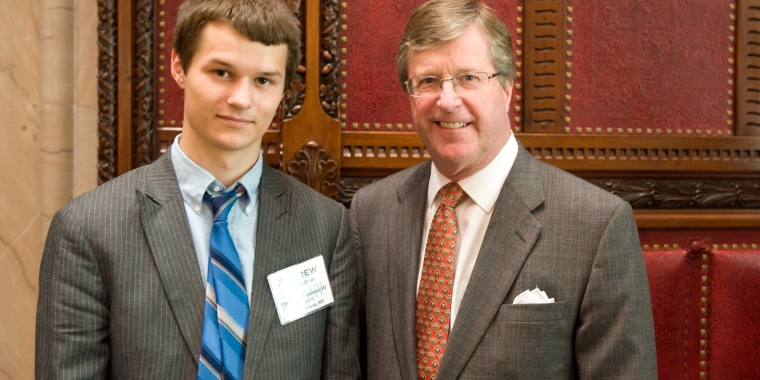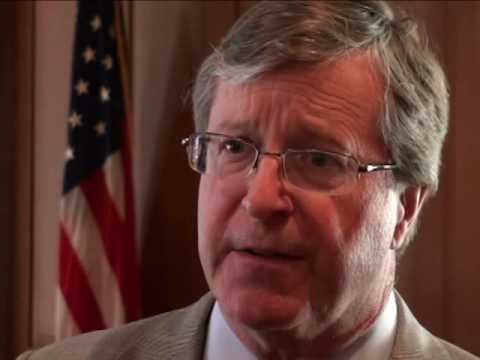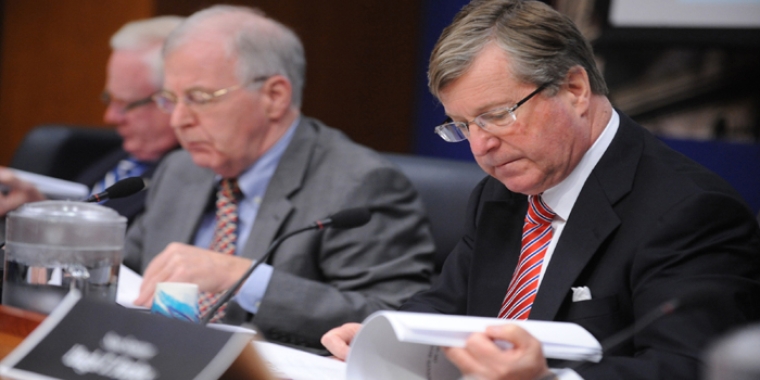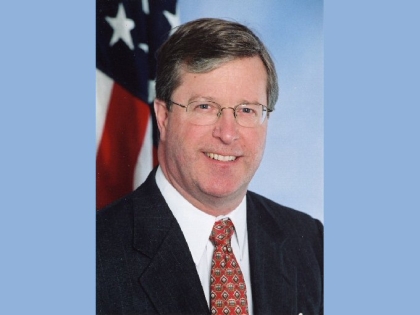
Volunteers In Decline
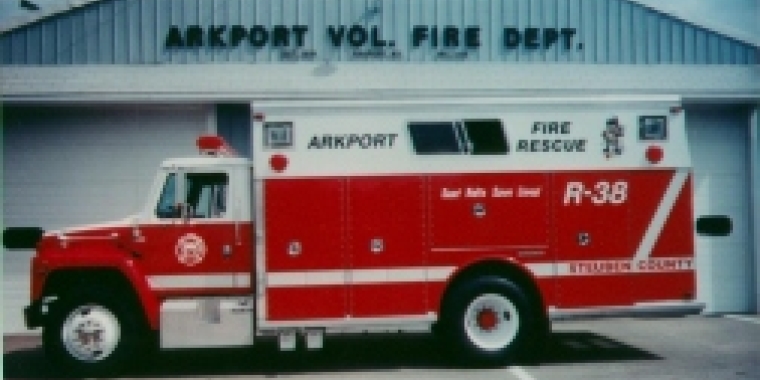
There’s an issue that continues to quietly brew in many communities, and it’s one that we simply can’t afford to let bubble out of control.
The fact is, a statewide crisis is brewing and it’s getting far too little attention in New York government. We have to change that. We have to zero in on an issue that has an enormous impact on many communities: the ability of local volunteer fire companies and ambulance services to recruit and retain volunteers.
The local volunteer fire department has long been a bedrock of community pride, service and protection, but we better recognize, the sooner the better, that it keeps getting harder and harder for many local companies to recruit and retain sufficient numbers of emergency services volunteers. It’s a serious challenge.
Organizations like the Firemen’s Association of New York and the state Association of Towns continue to do their part to increase public awareness of the need for volunteers. According to the Firemen’s Association, the number of volunteer firefighters statewide has declined from 140,000 in the early 1990s to approximately 110,000 today. Volunteer emergency medical technicians (EMTs) experienced a decline from more than 50,000 to 35,000 during the same period. There are undeniably factors outside of government’s influence that contribute to these declining volunteer ranks, but are there actions that government can and should take to provide incentives that just might begin to help reverse the decline?
We have to at least consider that possibility. If you think the local share of Medicaid represents an unmanageable burden for many counties, consider what’s going to happen if the corps of emergency services volunteers in communities keeps diminishing.
It’s the next property tax crisis in waiting.
Localities face a huge expense down the road if local volunteer emergency services continue to struggle to attract and retain volunteers. If this challenge continues unabated, localities and local property taxpayers face yet another costly burden. It would cost billions of dollars for localities to pay for the critical services currently provided by volunteer firefighters and EMTs. The Firemen’s Association estimates that volunteer firefighters save local taxpayers $3 billion annually. That’s reason enough, in my opinion, for government to act.
As chairman of the Legislative Commission on Rural Resources, I continue to sponsor legislation known as the "Emergency Services Volunteer Incentive Act." It advances some ideas and incentives that might help communities fend off this steady decline in their volunteer corps. Among other things, the legislation proposes to allow emergency services volunteers to participate in certain public employee health insurance plans.
I’ve sponsored this legislation for a few years now, but we have to keep at it. We have to do what we can to keep the issue in the mix of legislative attention.
In late 2005, the Association of Towns called in a four-alarm fire on the volunteer recruitment and retention front. In a report, "Volunteer Emergency Services: A System in Crisis," the Association’s executive director said, "We are at an important crossroads. So often in government we are not able to anticipate a crisis and head it off, but here we clearly have an opportunity to take actions that will save the taxpayers as much as 7 billion dollars per year." That’s right, the Association of Towns estimates that it would cost local taxpayers statewide more than $7 billion annually to replace volunteers with paid fire and ambulance services.
Last year’s state budget authorized a $200 income tax credit for volunteers. Three years ago New York established a college tuition incentive program. The state has also authorized some counties, to provide as much as a 10% real property tax exemption on the primary residence of a volunteer firefighter or ambulance worker.
But the issue needs more attention than that. The ranks of volunteers continues to decline. We need to act in ways that put the brakes on this dangerous trend.
